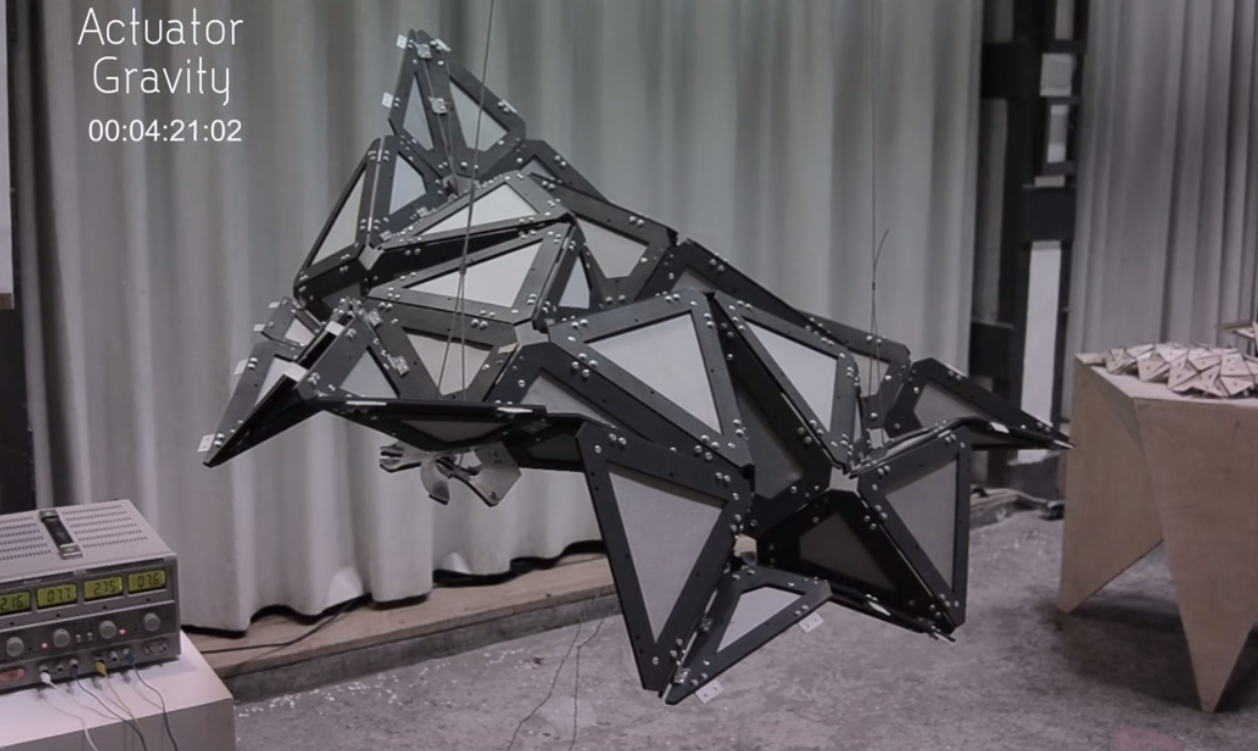Students in Barcelona wanted to explore how physical spaces could someday morph based on various environmental inputs. The result: a material dubbed Translated Geometries, which Wired describes as a composite material using shape memory polymers that can deform and return to their original state when activated by cues like heat, humidity, and light.
The students at the Institute for Advanced Architecture of Catalunya—Ece Tankal, Efilena Baseta, and Ramin Shambayati—told Wired that the invention is a toward “an architecture that isn’t so rigid, that tries to be more attuned with its environment.”
Wired writer Liz Stinson argues that adaptable modular components could save on material by serving dual purposes.
To learn how this composite works, read the full story on Wired, and watch the video below.
?ranslated Geometries from Efilena Baseta on Vimeo.
Related Stories
| May 25, 2011
Low Impact Development: Managing Stormwater Runoff
Earn 1.0 AIA/CES HSW/SD learning units by studying this article and successfully passing the online exam.
| May 25, 2011
Register today for BD+C’s June 8th webinar on restoration and reconstruction projects
Based on new and award-winning building projects, this webinar presents our “expert faculty” to examine the key issues affecting project owners, designers and contractors in case studies ranging from gut renovations and adaptive reuses to restorations and retrofits.
| May 25, 2011
Hotel offers water beds on a grand scale
A semi-submerged resort hotel is the newest project from Giancarlo Zema, a Rome-based architect known for his organic maritime designs. The hotel spans one kilometer and has both land and sea portions.
| May 25, 2011
Smithsonian building $45 million green lab
Thanks to a $45 million federal appropriation to the Smithsonian Institution, the Smithsonian Environmental Research Center in Edgewater, Md., has broken ground on what is expected to be one of the most energy-efficient laboratories in the country. The 69,000-sf lab is targeting LEED Gold and is expected to use 37% less energy and emit 37% less carbon dioxide than a similar building.
| May 25, 2011
World’s tallest building now available in smaller size
Emaar Properties teamed up with LEGO to create a miniature version of the Burj Khalifa as part of the LEGO Architecture series. Currently, the LEGO Burj Khalifa is available only in Dubai, but come June 1, 2011, it will be available worldwide.















